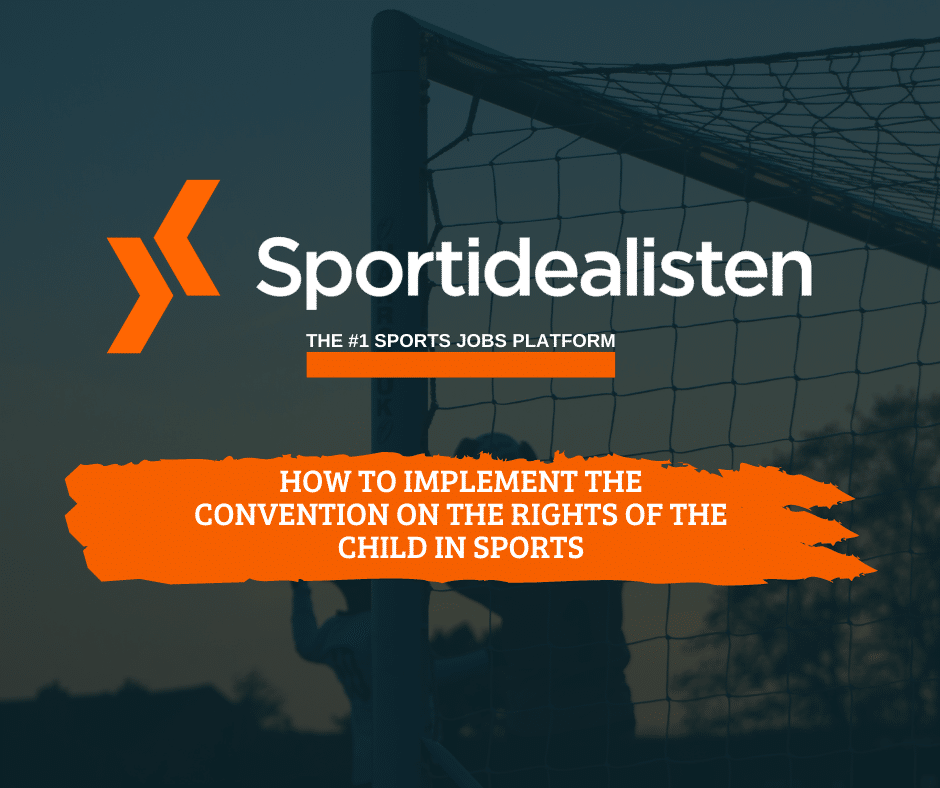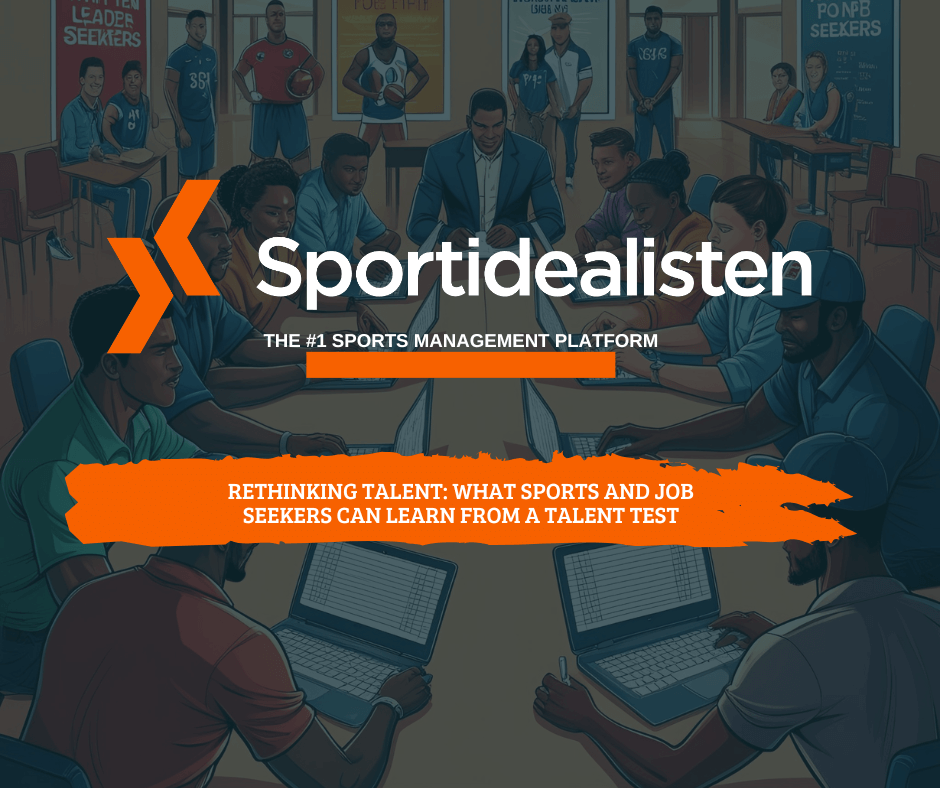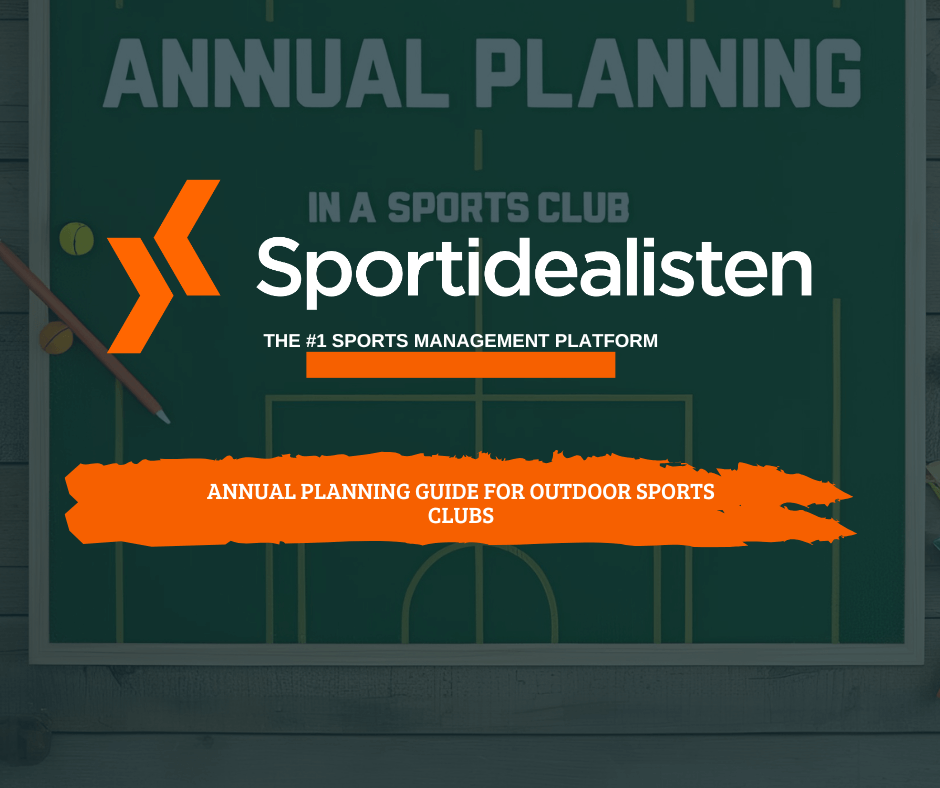Do you know about the United Nations Convention on the Rights of the Child (UNCRC)? In Sweden, this is the main topic in the sports movement. Since the start of 2020 this is a law in Sweden. We all need to rethink how we work in sports and how we treat our children.
The Swedish sports movement:
About 20 000 sports clubs
About 3 150 000 participants/members in sports clubs (the majority are in the age 6-14)
About 900 000 volunteers
The future sports generation
The Swedish sports movement is an important part of Swedish society. A lot of children growing up participating in a sport. This makes the sports movement an important part of raising our future, therefore the importance of treating our children with their rights is a big one.
Every year the youth sports clubs are getting funds from the government, however, this requires that the organisations are running from a child rights perspective. This is still something that hasn’t been managed enough and therefore the United Nations Convention on the Rights of the Child became law in Sweden 2020. This means that all the volunteers in sports and sports clubs need to raise the knowledge level about Children’s Rights in sports.
What is in the Convention?
The United Nations Convention on the Rights of the Child, or UNCRC, is the basis of all of Unicef’s work. It is the most complete statement of children’s rights ever produced and is the most widely-ratified international human rights treaty in history. You can read the full convention (pdf), or just a summary (pdf), to find out more about the rights that are included.
4 points to better understand youth sports
From a great lecture I experienced about this topic during 2019 I wanted to forward some important lessons to you. There are 54 articles that cover all aspects of a child’s life and set out the civil, political, economic, social and cultural rights that all children everywhere are entitled to. No matter who you are, where you are from, every child has rights. Important to know about the articles, no right is more important than another. However, the lecturer, Johan R Norberg, taught the audience four of these, because he thinks those can help the people who are involved within youth sports.
- Article 2:
- All children have the same rights and the same values.
- Article 3:
- It is the child’s best that should be a priority around anything where children are involved.
- Article 6:
- Each child has the right to survive and develop.
- Article 12:
- Children have the right to speak and be listened to.
What do these four articles mean and what can you do about them? Below are these further explained and in what situations they could be important to think about.
About the right to be involved, the same rights and values!
- In areas with big houses and wealthy families, the sports clubs are doing good. The consequence, the less wealthy neighborhoods, and their local sports clubs are less developed and have fewer resources to include everyone.
- How do we handle all sports that are splitting up the rules, like with ice hockey with ceratin rules for girls versus boys. Girls aren’t allowed to tackle.
- What about para-sports? How can clubs and board members include more children in para-sports? Make sure to talk with your board and ask if they ever thought about including para-sports.
About the child’s best around anything where children are involved.
- Sports aren’t made for children. From the beginning children aged 13-14 years old started to participate in sports. This could be one reason why we have to rethink youth sports.
- If you think we can adapt the children to sports, think again. We have to adapt sports to children. League tables should be applied later because this reduces the stress on performance at an early age, which is one reason why many children quit sports early in their life.
- Coaches are not all the same. Some learn by books, some by listening and some in other ways. We all need to rethink how to better teach and educate our surroundings in order to better treat children and taking decisions about children.
About each child’s right to survive and develop
- How does it look with injuries in your sports club? Especially injuries at an early age. Will they be scarred for life and can’t practice any sport in the future?
- Does any child in your sports club being bullied, discriminated in any way? Looks different, etc.
About the child’s right to speak and be listened to
- For a lot of children, school and sports are very similar. They are both managed by adults and have fixed times. One consequence of this is that children get tired of school and thus they feel the same about sports.
- What would happen if we could actually change this in sports and ask the children what they want to do and make it different than school?
- Talk to children, because then you will know what they think! Maybe they want to play something that is far from your sport? Try it out.
- Participation is one way to reduce the number of children that are quitting sports. The forecasts to stay are much better with participative processes. Try to propose different educations or activities. Just ask!
- Do you have youth counseling groups? Or anyone under 25 years old at the board? Those are different ways of listening to youth.
Emergency plans if somethings happens or about to happen
You should develop an emergency plan! What can you and your sports organisation do if something happens, that shouldn’t happen? If a child gets hurt, who should you talk to? If an accident happens during a youth game, what should you do? There are several examples about this in the handbook below.
Handbook for how to work with the United Nations Convention on the Rights of the Child in sports
Thanks to a lot of different people, among these, the United Nations and two sports researchers, Johan R Norberg and Susanna Hedenborg, they have developed a great handbook for all of us. It contains summarized research and provides good overviews of how the convention could be interpreted in sports.
Furthermore, you can get good concrete tips on how to act and behave in your local sports club. For example, how to talk with children, how to involve them and understanding if they are worried.
Download the free book here or order it for free (in Swedish)
Three examples from Sweden
The following three sporting organisations, Brynäs IF, Marathongruppen and Svenska skidförbundet are involved with United Nations in different ways today and are working with the Rights of the Child in sports:
- Brynäs and UNICEF collaborating with a project called A good start, with the aim to give more children a good start in life with education, healthcare, and different leisure activities.
- Since 2018, the Marathongruppen arranging “Stafesten för UNICEF” at several places in Sweden. It is a running race that supports UNICEF’s work to help more children with a good start as possible in their lives.
- The Swedish Ski Federation (Svenska Skidförbundet) are working together with Håll Sverige Rent (a non-profit organization that promotes recycling and combats litter through public awareness campaigns and environmental education) with the project, All children have rights. It is a project that helps children to have fun and play in the snow, no matter your background.
Lessons learned
The Swedish sports movement is an important part of Swedish society. We are raising our future, therefore the importance of treating our children with their rights is a big one. This is still something that hasn’t been managed enough and therefore the United Nations Convention on the Rights of the Child became law in Sweden 2020. This means that all the volunteers in sports and sports clubs need to raise the knowledge level about Children’s Rights in sports.
It is hard to remember all 54 articles about the Rights of the child. But start with these four points to better understand youth sports:
- Article 2:
- All children have the same rights and the same values.
- Article 3:
- It is the child’s best that should be a priority around anything where children are involved.
- Article 6:
- Each child has the right to survive and develop.
- Article 12:
- Children have the right to speak and be listened to.
There are many things to keep in mind. But most importantly, we need to rethink how we are treating our future generation in sports. We need to talk with the children, listen to them, how to involve them and understanding if they are worried. It starts with you and me, right here and now!
If you liked this article, may want to read these:
How to create a sport federation





